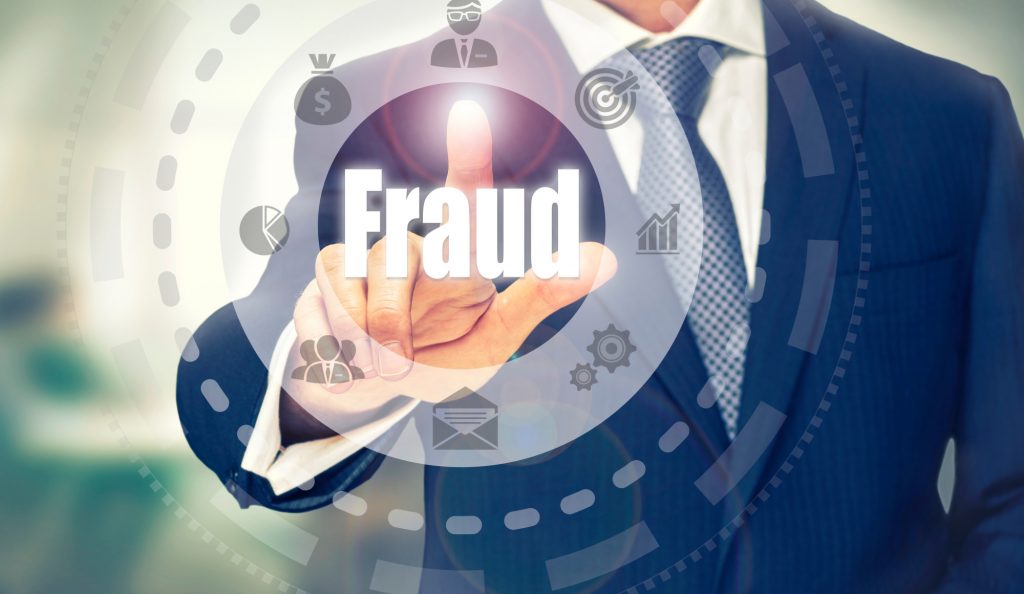
As an e-commerce store owner, you have enough to worry about. You have to deal with getting traffic to your site, security, and getting that traffic to buy from you.
One thing that you have to deal with is fraud. Not just fraudulent purchases, but traffic fraud. That can cost your business in thousands in advertising dollars and you may not even know it.
Read on to learn about the different types of fraud and how you can keep your site safe and secure, saving your reputation and advertising budget.
What Is Traffic Fraud?
There are several types of fraud that you need to be concerned about. The first type of fraud is traffic fraud.
As an e-commerce store, you probably invest in pay-per-click advertising on search engines to drive traffic to your store. Every time someone clicks on your ads, you pay for that traffic. Depending on your industry and keyword, that can cost hundreds of dollars for every click.
Traffic fraud happens when bots or people click on your ads. In some cases, competitors will deliberately click on ads to drain their competitions’ daily spending budget sooner, which can position them to be found once the ad stops running.
The other culprit is bots and ad network publishers. They may click on ads to make their click-through rates and earnings seem bigger than what they really are.
Traffic fraud happens all the time. While Google has gotten much better at detecting traffic fraud, it’s still far from a perfect system.
Protecting Yourself from Traffic Fraud
What can you do to prevent traffic fraud? You may feel helpless, but there are ways you can take action to protect your ad budget.
The first thing that you need to do is to monitor your ad accounts. You may be tempted to set it and forget it with your ads, but you’ll miss some major warning signs in the process.
When you look at your accounts, look for unusual spikes in traffic and whether or not you see traffic at strange times. For example, you may see a spike at 2 am, even though your customers are in the same time zone as you.
It’s not likely that they’re going to be shopping at your online store, so you can chalk it up to bots trying to inflate your ad spend.
You can avoid that situation by scheduling your ads to run at times when you know that your customers are online. If you know that most of your orders come during regular business hours, have your ads run at that time instead of having them run 24/7.
You’ll have a greater chance at reaching your target audience when they’re looking for your products and you won’t waste money on ads that are just reaching bots.
E-commerce Fraud
There’s much to do about e-commerce fraud these days as well. E-commerce fraud happens in several forms. The first is that hackers try to break into the back end of your website, trying to log in as an administrator to get payment and contact information of your customers.
They can then take that information and sell it on the black market for a lot of money.
The other kind of fraud that you have to worry about is fraudulent purchases. These are purchases that happen with someone’s credit card or payment information who didn’t authorize the transaction.
To prevent the first case from happening, you have to have a strong internal policy regarding security. One click of an email and you can have a ton of issues. You need to train yourself and your employees to be able to tell what a suspicious email is and have a policy as to how they are handled.
The other thing you can do is to use strong passwords that are changed frequently. If you use a general password like company1234, you’re opening yourself up to potential threats.
The average costs of a data breach is over $7 million. That’s enough to put your company under if you’re a small operation. That’s also not counting the breach of trust and brand reputation with your customers.
Preventing Fraudulent Purchases
Fraudulent purchases will result in chargebacks to your business. Too many chargebacks, and you’ll have a hard time securing a payment processor for your online store. That will make it tough to operate and get customers.
What can you do to protect yourself and your customers? First of all, make sure that you’re using the latest security standards to accepts payments, such as PCI Security standards.
The second thing you can do is to set a limit that customers can spend on your store each day. What that limit is will depend on your average purchase amount and the types of products you sell.
The third thing you can do is to set a fraud alert on your store, that notifies you of abnormal purchases. If your average purchase is $75 and you get a purchase for $300, that’s probably a red flag that something’s wrong.
That gives you enough time to act and flag the transaction for further scrutiny. That will protect you and your customers.
Preventing Fraud for E-commerce Stores
Running an e-commerce store can be a wonderful thing. It can generate revenue and the freedom to work for yourself.
It’s not as easy as it looks as site owners have to contend with e-commerce fraud, traffic fraud, and hackers trying to cause a data breach.
There are things that you can do to prevent and limit the impact on your business. It’s critical that you monitor your marketing efforts closely, and make sure that your website is to update it with the latest version of plugins.
Once you have security down, you’ll be able to focus on growing your e-commerce site. Take a look at this article that shows the different types of marketing you can use to grow your store.

